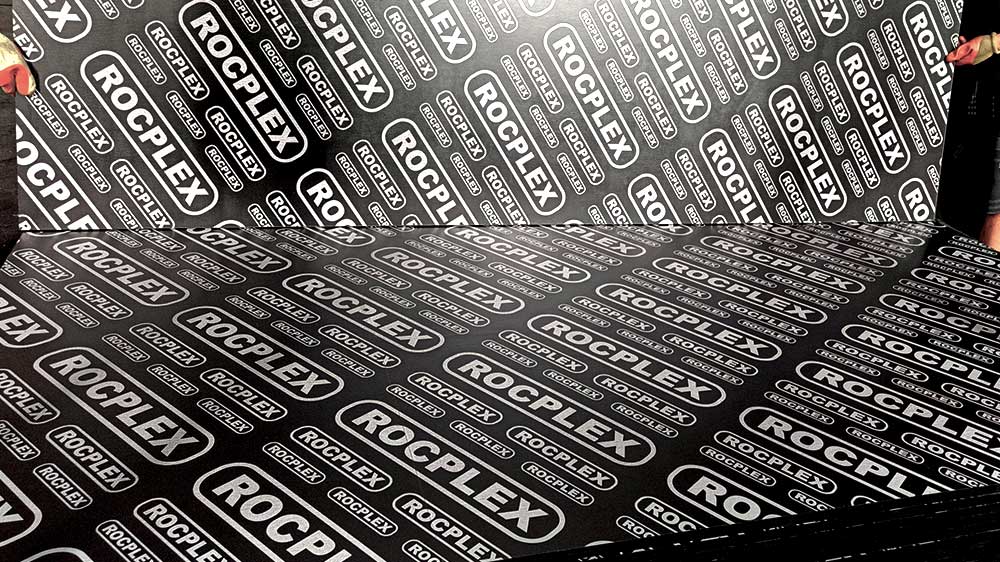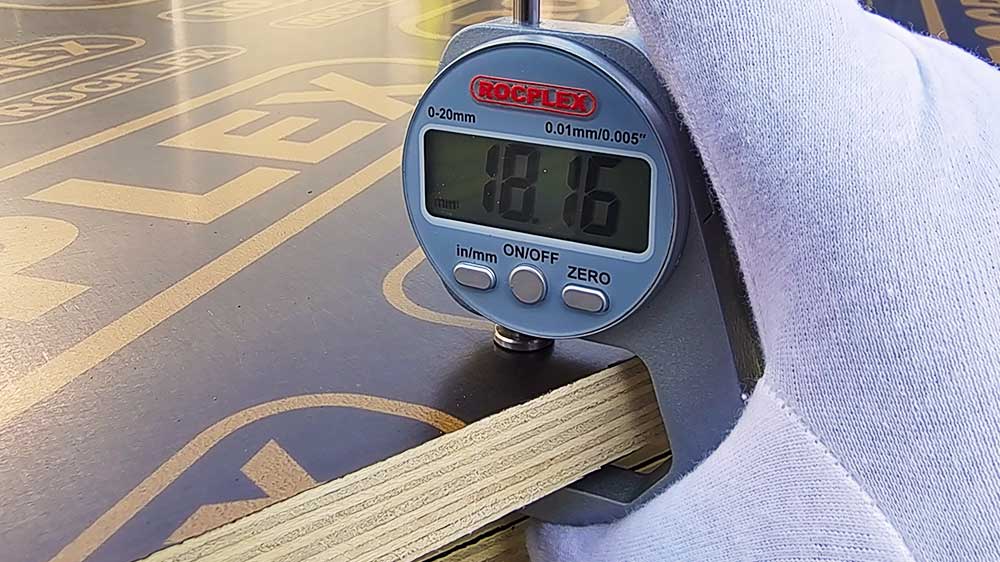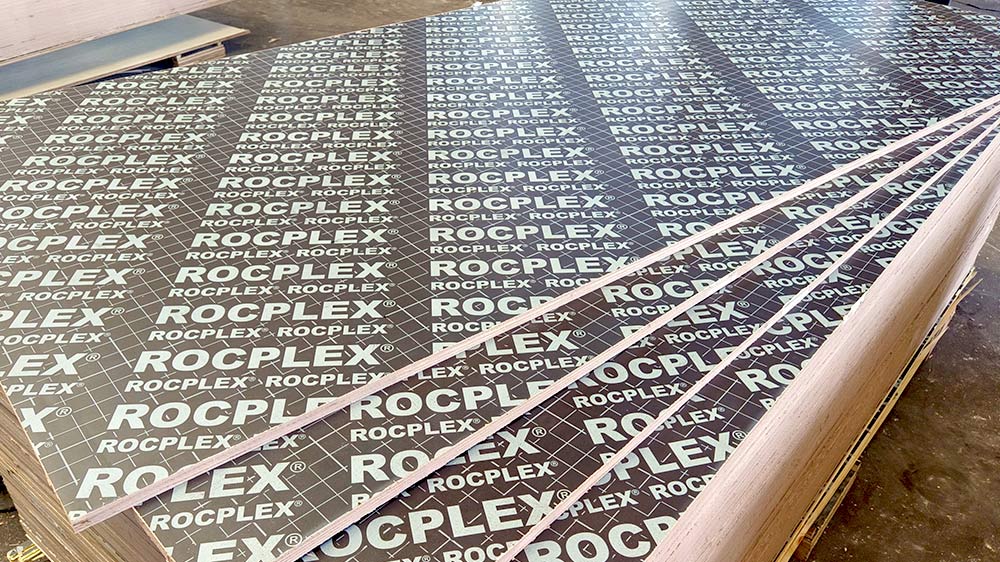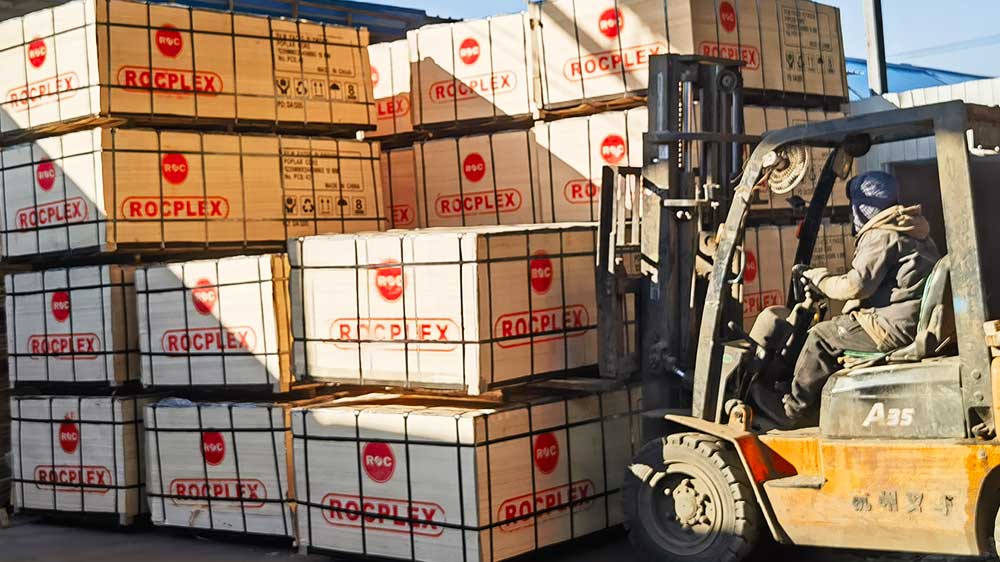What Boards are Used for Concrete Forms?
Concrete form boards are essential in construction, serving as molds for poured concrete. Traditionally, builders have relied on various materials, but recent advancements have seen form ply and phenolic plywood become preferred choices due to their resilience and reusability. These boards provide a smooth surface for concrete, ensuring a clean finish.
Can I Use Plywood for Concrete Form?
Plywood has long been a staple in construction, particularly for concrete forms. With the development of phenolic and shuttering ply, the efficiency of plywood in concrete forming has significantly increased. Phenolic plywood, coated with a phenolic film, is known for its water resistance and strength, making it ideal for concrete work. Similarly, shuttering ply is designed for use in concrete formwork, offering durability and ease of use.
How Thick Should Plywood be for Concrete Forms?
The thickness of plywood for concrete forms is a critical factor in ensuring structural integrity. Generally, the thickness varies depending on the project’s scale and the concrete’s weight. Thicker ply, often between 18mm to 24mm, is preferred for heavier concrete loads, providing the necessary support and stability.
Concrete form board technology has evolved significantly, moving beyond traditional materials to more specialized products like form ply and phenolic plywood. These materials offer enhanced durability, reusability, and efficiency, making them invaluable in modern construction.
Form ply, known for its strength and resilience, is increasingly used in complex and high-load projects. Its ability to withstand pressure and maintain shape under significant weight makes it a go-to choice for builders.
Phenolic plywood, with its water-resistant properties, is ideal for outdoor and moisture-prone environments. The phenolic film coating not only adds to its durability but also provides a smooth finish, essential for aesthetic concrete work.
Shuttering ply, another variant, is designed specifically for concrete formwork. Its robustness and ease of installation make it a practical choice for various construction projects.
The integration of these advanced materials into construction practices has led to significant improvements in building quality and efficiency. The evolution of concrete form boards signifies a step forward in construction technology, paving the way for more innovative and sustainable building practices.
In the realm of construction, the choice of materials is pivotal, and the role of concrete form boards is no exception. The transition from conventional materials to more advanced options like form ply and phenolic plywood marks a significant shift in building practices. This evolution not only reflects the industry’s progression but also underscores the importance of adapting to new technologies for enhanced performance and sustainability.
Advancements in Form Ply Technology
Form ply is a highly versatile material, has undergone significant improvements. Modern form ply is engineered for higher load-bearing capacities and greater durability. The layers of wood veneer are bonded with strong adhesives, making them resistant to warping and cracking. This resilience is crucial in construction, where materials are exposed to varying conditions and stress levels. Additionally, form ply’s smooth surface ensures a flawless concrete finish, an aspect highly valued in architectural and aesthetic projects.
The Rise of Phenolic Plywood in Construction
Phenolic plywood popularity in construction is attributed to its water-resistant properties, which are essential in environments exposed to moisture. The phenolic resin coating not only protects the plywood from water damage but also extends its lifespan. This makes it particularly suitable for outdoor construction projects or those in humid climates. Furthermore, phenolic plywood is easy to clean and maintain, a factor that significantly reduces labor and maintenance costs over the project’s lifecycle.
Shuttering Ply: Tailored for Concrete Formwork
Shuttering ply, specifically designed for concrete formwork, is another innovation in the field. Its robustness and durability make it a reliable choice for supporting concrete structures during the curing process. The material’s design focuses on withstanding the immense pressure exerted by wet concrete, ensuring the formwork remains intact and in shape. This reliability is critical in constructing foundations, walls, and other structural elements where precision and stability are paramount.
Eco-Friendly and Sustainable Practices
The shift towards these advanced materials also aligns with the growing emphasis on eco-friendly and sustainable construction practices. Many modern form ply, phenolic plywood, and shuttering ply products are sourced from sustainable forests, contributing to environmental conservation. Additionally, their durability and reusability mean fewer resources are consumed over time, reducing the overall environmental impact of construction projects.
Impact on Construction Efficiency and Cost
One of the most significant impacts of these advancements is the improvement in construction efficiency. The use of high-quality form boards like phenolic plywood and shuttering ply simplifies the construction process, reducing the time and labor required for formwork assembly and dismantling. This efficiency translates into cost savings for builders and clients, making projects more economically viable.
Furthermore, the enhanced durability of these materials means they can be reused multiple times, further driving down costs. The longevity of these products not only offers economic benefits but also contributes to waste reduction, an essential aspect of sustainable building practices.
The Future of Construction with Advanced Form Boards
As the construction industry continues to evolve, the role of advanced form boards like form ply, phenolic plywood, and shuttering ply becomes increasingly significant. These materials are at the forefront of innovation, offering solutions that are not only efficient and cost-effective but also environmentally responsible.
The ongoing development and refinement of concrete form board technology promise even more efficient, sustainable, and versatile building practices in the future. As builders and architects continue to embrace these advancements, the possibilities for innovative and sustainable construction are boundless.
The advancements in concrete form board technology, encompassing form ply, phenolic plywood, and shuttering ply, have ushered in a new era in the construction industry. These materials are not just a testament to technological progress but also a reflection of the industry’s commitment to efficiency, sustainability, and quality.
Enhancing Structural Integrity and Aesthetics
A critical advantage of these advanced form boards is their contribution to structural integrity and aesthetic appeal. For instance, the uniform and smooth surface of phenolic plywood ensures a high-quality finish for concrete structures, crucial for architectural projects where appearance is as important as functionality. Similarly, the strength and resilience of form ply and shuttering ply contribute to the overall stability and longevity of constructed structures, ensuring that they not only look good but are also built to last.
Innovations in Material Composition and Design
Innovation in concrete form board technology is not limited to the materials themselves but extends to their composition and design. The integration of new adhesives and coatings has enhanced the water-resistant and load-bearing capabilities of these boards. Additionally, the development of lightweight yet strong form boards has made handling and transportation easier, further streamlining the construction process.
Customization and Flexibility in Use
Another significant advancement is the customization and flexibility offered by these materials. Modern form boards can be cut and shaped to meet specific project requirements, allowing for more creative and complex architectural designs. This flexibility opens up new possibilities for builders and architects, enabling them to push the boundaries of conventional construction and explore new forms and structures.
Impact on Labor and Skill Requirements
The use of advanced form boards has also influenced labor and skill requirements in the construction industry. While these materials have simplified some aspects of the construction process, they also require a certain level of expertise to be utilized effectively. This has led to a demand for skilled laborers who are familiar with these materials and their applications, contributing to a more skilled and specialized workforce within the industry.
Challenges and Considerations
Despite the numerous benefits, there are challenges and considerations associated with the use of advanced concrete form boards. One of the primary concerns is cost, as these materials can be more expensive upfront compared to traditional options. However, their durability and reusability often offset this initial investment over time.
Environmental considerations are also crucial. While many of these materials are sourced sustainably, the manufacturing processes and the eventual disposal of used form boards are areas where environmental impact needs to be minimized. Continuous innovation and adherence to sustainable practices are essential to ensure that the benefits of these materials do not come at an environmental cost.
The Future of Concrete Form Boards
Looking ahead, the future of concrete form boards is bright, with ongoing research and development poised to bring even more advancements. The focus is likely to remain on creating materials that are not only stronger and more efficient but also more environmentally friendly. The potential for integrating smart technologies into form boards, such as sensors to monitor curing and stress, could further revolutionize the field.
As the construction industry continues to embrace these advanced materials, the way we build and design structures is set to evolve dramatically. The impact of these innovations will be felt not just in the efficiency and aesthetics of construction projects but also in the overall sustainability and resilience of the built environment.
Summarizing the Evolution in Building Practices
The evolution in building practices brought about by advanced concrete form boards is a pivotal development in the construction industry. It signifies a shift towards more efficient, sustainable, and innovative building techniques, with form ply, phenolic plywood, and shuttering ply playing crucial roles. As these materials continue to develop, they promise to further enhance the quality, efficiency, and sustainability of construction projects worldwide.
Post time: Dec-23-2023




